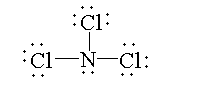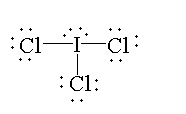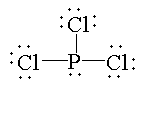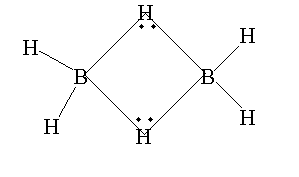
Electron deficient molecule among the following is:
(A)
(B)
(C)
(D)
Answer
481.8k+ views
Hint: The chemical bond is formed by the sharing of electrons by the atoms to form a molecule. The valence electron of nitrogen is 5, the valence electron of iodine is 7, the valence electrons of phosphorus is 5, the valence electron of boron is 3.
Complete answer:

In

In

In

The atomic number of boron is 5. The electronic configuration is
Thus, diborane is an electron deficient species.
Therefore, the correct option is D.
Note: The diborane
Complete answer:

In

In

In

The atomic number of boron is 5. The electronic configuration is
Thus, diborane is an electron deficient species.
Therefore, the correct option is D.
Note: The diborane
Recently Updated Pages
Master Class 4 Maths: Engaging Questions & Answers for Success

Master Class 4 English: Engaging Questions & Answers for Success

Master Class 4 Science: Engaging Questions & Answers for Success

Class 4 Question and Answer - Your Ultimate Solutions Guide

Master Class 11 Economics: Engaging Questions & Answers for Success

Master Class 11 Business Studies: Engaging Questions & Answers for Success

Trending doubts
Give 10 examples of unisexual and bisexual flowers

Draw a labelled sketch of the human eye class 12 physics CBSE

a Tabulate the differences in the characteristics of class 12 chemistry CBSE

Differentiate between homogeneous and heterogeneous class 12 chemistry CBSE

Why is the cell called the structural and functional class 12 biology CBSE

Differentiate between insitu conservation and exsitu class 12 biology CBSE




